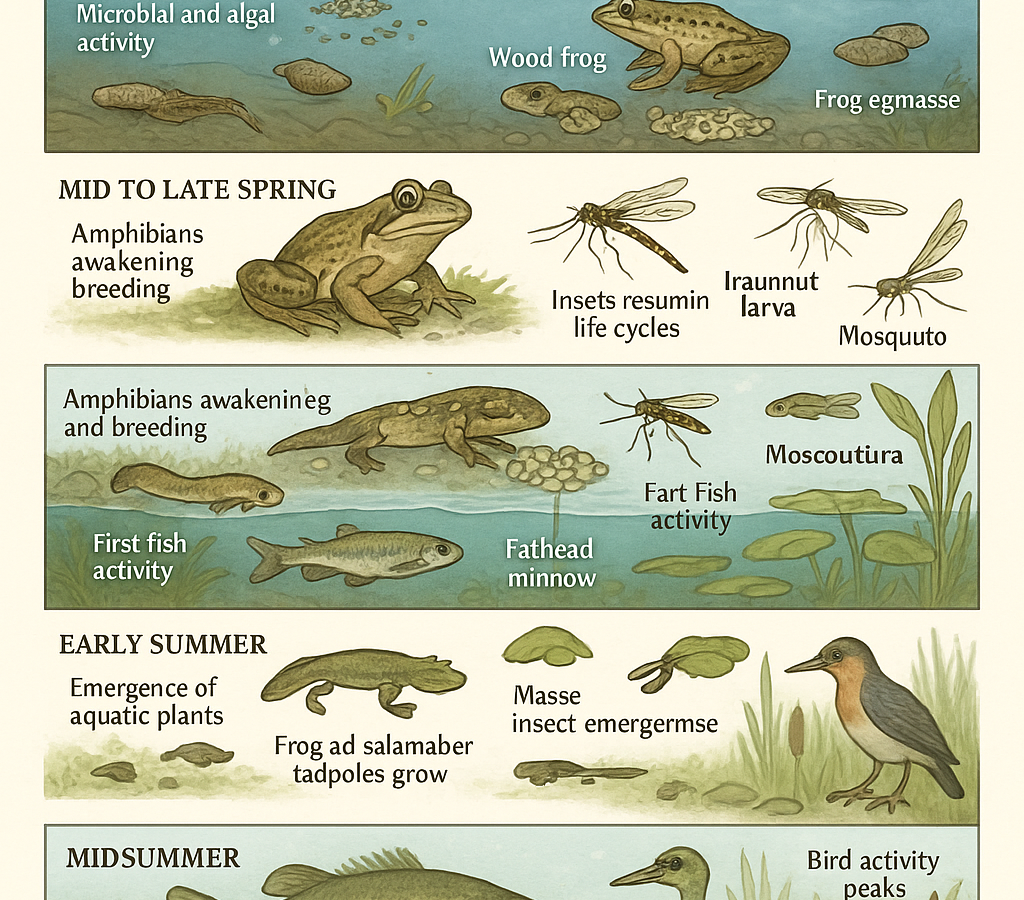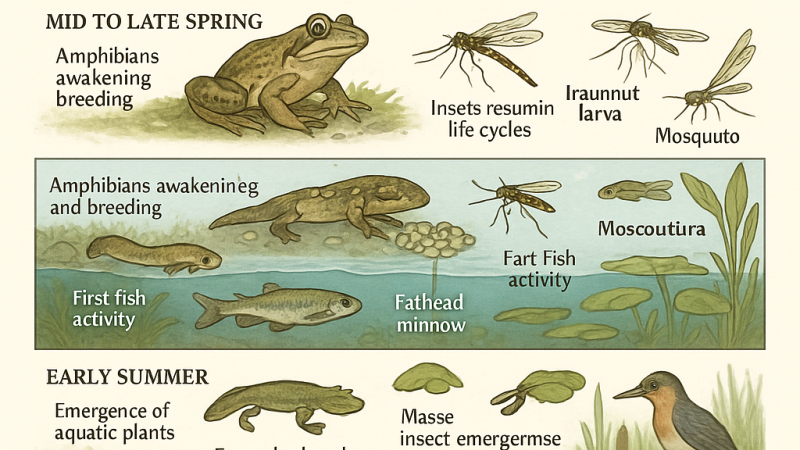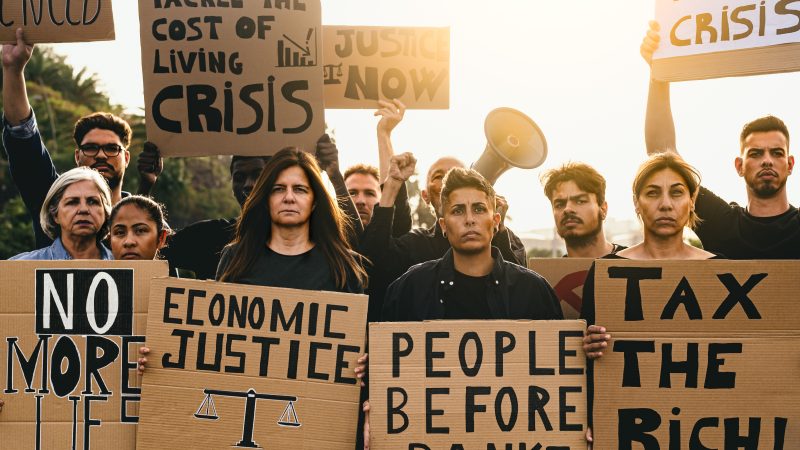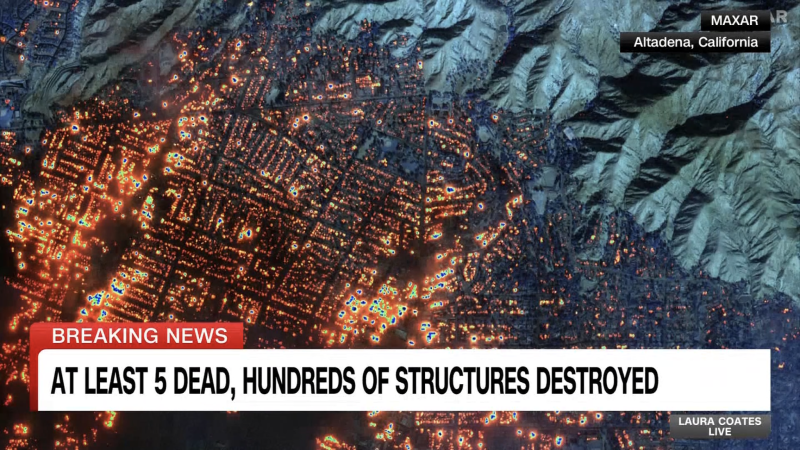Bill C-5 is Moral Hazard defined
Human Hypocrisy, Moral Hazard and Extinction

If we consider that the advent of steam power and mechanization and automation allowed humanity the ability to break free of the constraints that nature imposes on populations through proportionality, we can identify the moment in our history where we broke free from ecology.
Ecological equilibrium in nature is the harmonic balance of species through proportional representation in ecosystems. When one species suddenly explodes in population, the historical mean balance is ultimately restored by increases in predatory species above the exploded species, combined with reduced food supply beneath the exploded species, in the food chain.
The example of a pond as an ecosystem, and economy, and a multi-speciated organism unto itself, is the perfect metaphorical epistemological crucible in which to consider and observe this process in action.
In temperate climates, a pond becomes largely dormant in the winter months, with aquatic species burrowing into the mud to enter a kind of metabolic stasis that allows it to survive sub-zero temperatures.
As the water warms with the first steepening rays of springtime sun, there is an order of emergence among the zoological and botanical species that repeats annually with only slight variation.
Here is what a typical annual pond cycle looks like (compiled by ChatGPT):
********
Late Winter / Early Spring (March – early April)
Ice begins to thaw, sunlight penetrates water, oxygen levels low
1. Microbial and Algal Activity Begins
Cold-tolerant bacteria and fungi resume decomposition under the ice.
Diatoms and green algae begin photosynthesis as sunlight increases.
Phytoplankton blooms (mostly diatoms and green algae) begin soon after ice-out.
2. Hibernating Aquatic Invertebrates Emerge
Midge larvae, caddisflies, mayflies, and amphipods start to stir.
Snails, leeches, and crustaceans like copepods and Daphnia become active as oxygen returns and temperatures rise.
Mid to Late Spring (late April – May)
Water warms to 10–15°C; more light, more oxygen, more food
3. Amphibians Awaken and Breed
Wood frogs, spring peepers, and chorus frogs migrate to ponds and begin loud mating calls.
Spotted salamanders and blue-spotted salamanders breed in vernal pools and shallow pond edges.
Egg masses are laid and hatch quickly, releasing tadpoles into warming water.
4. Insects Resume Life Cycles
Dragonfly and damselfly nymphs become active.
Water beetles, diving bugs, and water boatmen reappear.
Mosquitoes lay eggs in still water; larvae soon wriggle at the surface.
5. First Fish Activity
Fathead minnows, sticklebacks, and pumpkinseed sunfish become active and begin spawning preparations in shallow, sun-warmed areas.
Early Summer (June)
Temperature 15–20°C; plants grow; food chains develop
6. Emergence of Aquatic Plants
Submerged macrophytes (e.g. elodea, pondweed) start growing rapidly.
Floating-leaved plants like water lilies and duckweed spread across surface.
Emergent plants like cattails, bulrush, and pickerelweed begin dominating shorelines.
7. Massive Insect Emergence
Dragonflies, mayflies, and damselflies emerge as winged adults.
Water striders and whirligig beetles populate the surface.
Butterflies, bees, and flies increase around flowering aquatic vegetation.
8. Frog and Salamander Tadpoles Grow
Tadpoles feed on algae, detritus, and microorganisms.
Metamorphosis begins for some species by late June.
Midsummer (July–August)
Full ecological complexity is reached
9. Predator Populations Peak
Larger fish (bass, pike, perch) are active, feeding on smaller fish, amphibians, and insects.
Adult frogs (leopard frogs, green frogs, bullfrogs) dominate edges.
Snapping turtles and painted turtles bask and hunt.
10. Bird Activity Peaks
Red-winged blackbirds, herons, kingfishers, and ducks rely on the pond for food.
Swallows hunt insects above water.
Loons and grebes may fish in deeper areas if the pond is large.
11. Mammals and Reptiles Visit
Muskrats, raccoons, minks, and beavers frequent the pond.
Garter snakes prey on frogs and fish.
Occasional visits from deer, foxes, or bears occur near secluded ponds.
Late Summer into Early Fall (September)
Winding down of activity, breeding ends, migration begins
Plants begin to die back.
Amphibians begin preparing for dormancy.
Migratory birds depart.
Many insects complete life cycles.
Turtles and frogs burrow or sink into mud for hibernation.
***************
This cycle, repeated year after year, with only incremental evolutionary adjustments to species occurs in eonic timescales, demonstrates the ecological intention of proportionality to maintain sustainability of all populations within the ensemble life form “pond”.
This analogic example, extrapolated into our global economy and ecology, provides both the education and the revelation that our advanced technological world has interrupted this natural rhythm, and our annual natural cycles literally only remain visible where we yet have not so degraded the ecology that macro entities like “forests” and “lakes” are still hosting these cycles in remote, unexploited geographies.
The implication is clear: The escape for humanity from its own accelerated desecration of the natural organism Earth lies not in extraterrestrial migration. The solution is a restoration of these natural balances across the entirety of our biosphere.
It is difficult to imagine the “rewilding” of the entire world, but that is the process we must embrace, else understand that the duration of homo sapiens on the evolutionary tree will come to a conclusion long before its potential is realized.
We live in a time of metacrisis, an invented concept born of necessity to describe the convergent emergencies threatening exactly that: premature extinction.
There are a growing number of people recognizing this metacrisis (or “these metacrises”), but precious few acting personally in way that aligns their own behavioural choices to their professed ecological, or psychological rehabilitation.
Among the most egregious of behaviours among the intellectual set pontificating and content creating about the great acceleration into oblivion that is the metacrisis is this obsession with travelling to conferences.
The inability of this set of humans to align their daily and lifelong behaviours to the prolonged relative stillness required to allow the natural recuperation of ecological systems is a focal demonstration of a defect common in humans. That defect – the inability to bring behaviour into alignment with thought – is one of the most important that we can imaginably repair.
This furthermore derives from a deficiency in our system of education, our process of education and our purpose of education; conveying the values that demand individuals, institutions and especially government, follow through on statements of mutually agreed remedy to humanity’s problems.
The integrity of human beings, as reflected in the values demonstrated through behaviours, is worsened by the example of governments, who have codified such hypocrisy in the concept they define as “moral hazard”.
Moral hazard exists when lawmakers permit special interest groups, like certain institutions, an exemption from express standards of behaviour imposed on the rest of their governmental purview. The public and future generations of the public typically suffer the outcomes of the increased risk decided as acceptable by government associated with resource exploitation.
The concept acknowledges the inherent contradiction in the “do as I say, not as I do” parental fallacy.
And when government conducts itself thus, it generates the hazard that people will emulate their leadership. Monkey see, monkey do – a more apt metaphor applied to humans.
Which brings me to the point of today’s whole pontification: Nature provides, in ponds, lakes, forests and fields, the lesson of how diversity, special proportionality, and non-interference in natural systems, results in an equilibrium of nature that is the prerequisite foundation to every possible definition of “sustainability”. (The most overused and misused term in corporate and government greenwashing communication.)
When governments enact legislation – like Bill C-5 in Canada – to accelerate the exploitation and disruption of natural systems for immediate term economic interest, they contravene the lessons of nature that everyone is imbued with. Thus moral hazard becomes the institutionalized cultural default, rather than an extraordinary phenomenon.
And so when governments persist in such behaviour, and successive governments persist in such behaviour, such that young people emerging into adulthood only experience hypocrisy in leadership, they cannot be expected to adhere to values we espouse but do not practice.
Thus the phenomenon of entire generations of citizens and their leaders become irresolute vessels of hypocrisy, never able to align their behaviours with their values, and therefore rendering values meaningless. This cycle, like those in nature, is perpetuated by a lack of attention or interference.
So to my fellow ecological activists, I propose we break the pattern by following through on our mutually agreed solutions and remedies to the metacrises to which we claim to have knowledge, and avoid travelling by hydrocarbon power to conferences and meetings, regardless of the affirmation you feel from undertaking such journeys to hobnob with your peers.
If nobody has the tenacity of conviction to align behaviour with belief, humanity is already lost.




Hey all, anyone checking out gà chọi c1.com trực tiếp? Let me know what you think! Always on the lookout for the best places to watch.
Yo, downloaded some cool stuff from 777szgameapk.net! Found a game I’ve been looking for forever, and the download was super smooth. Definitely recommending 777szgameapk to my friends!
87bet1, eh? Been bouncing around a few sites, might as well add another to the list. Anyone got any good experiences? Gotta chase them wins somehow. Check this out: 87bet1
Been playing on kuvipbet for a few weeks now. Love the live casino section – feels like being right there! Withdrawal process was smooth too. Definitely a keeper in my book. Give kuvipbet a shot: kuvipbet
益群网:终身分红,逆向推荐,不拉下线,也有钱赚!尖端资源,价值百万,一网打尽,瞬间拥有!多重收益,五五倍增,八级提成,后劲无穷!网址:1199.pw
真免费!价值万元资源,不要一分钱,网址:https://www.53278.xyz/
尖端资源,价值百万,一网打尽,瞬间拥有!多重收益,五五倍增,八级提成,后劲无穷!摸币网,最嚣张的上线替下线赚钱网站:https://1925.mobi/
Bulk commenting service. 100,000 comments on independent websites for $100 or 1000,000 comments for $500. You can read this comment, it means my bulk sending is successful. Payment account-USDT TRC20:【TLRH8hompAphv4YJQa7Jy4xaXfbgbspEFK】。After payment, contact me via email (helloboy1979@gmail.com),tell me your nickname, email, website URL, and comment content. Bulk sending will be completed within 24 hours. I’ll give you links for each comment.Please contact us after payment is made. We do not respond to inquiries prior to payment. Let’s work with integrity for long-term cooperation.
房中秘术、泡妞把妹、丰胸美体、奇淫巧技!价值十万电子书下载网址:https://www.1199.pw/